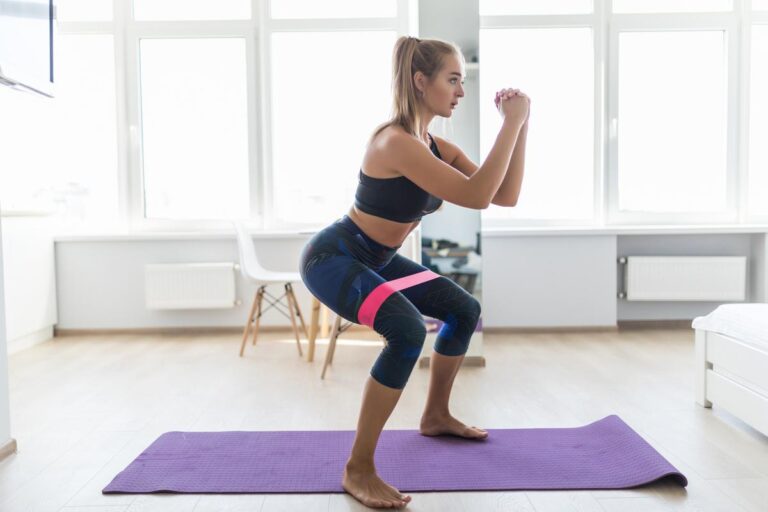1. Walking
You don’t need a gym membership or expensive exercise equipment to do physical exercise.
You can begin right away if you have a secure spot to stroll and a set of supportive sneakers. In fact, you can walk briskly for 30 minutes five days a week to meet the minimum recommended cardio goal.
Walking can help individuals with type 2 diabetes reduce their blood pressure, HbA1c levels, and body mass index, according to a 2021 review.

2. Cycling
Roughly half of the people suffering from type 2 diabetes suffer from arthritis. The two conditions share some risk factors, including obesity.
Diabetic neuropathy is a condition that occurs when nerves are damaged and can also cause joint pain in people with type 2 diabetes.
If you have pain in your lower joints, consider choosing less impactful exercises. For instance, cycling can help you achieve your exercise objectives while putting the least amount of stress on your joints.
3. Swimming
Aquatic activities offer another low-impact exercise option. For example, swimming, water aerobics, water jogging, and other water activities can work on your heart, lungs, and muscles with little strain on your joints.
A 2017 review found that exercise in water, like exercise on land, helped lower blood sugar levels.
4. Team sports
If you’re having trouble motivating yourself to exercise, join a recreational sports team. The chance to interact with teammates and the commitment you make to them may give you the drive to come in each week.
Many recreational sports provide excellent aerobic exercise. Try playing some ultimate disc, hoops, soccer, softball, pair tennis, or other sports.
5. Aerobic dance
Attending an aerobic dance or other fitness class can also help you reach your exercise goals. For example, Zumba is a fitness program that combines dance and cardio into a simple workout.
A 2015 study found that women with type 2 diabetes were more motivated to exercise after attending 16 weeks of Zumba classes. Additionally to losing weight, participants enhanced their cardiovascular endurance.
6. Weightlifting
Weightlifting and other strengthening activities can help build muscle mass and increase the number of calories you burn each day. According to the ADA, strength exercise may also aid in better blood sugar regulation.
If you want to incorporate weightlifting into your weekly workout routine, you can use weight machines, dumbbells, or heavy household items such as canned food or bottled water.
To learn how to lift weights safely and effectively, you should either attend a weightlifting class or seek advice from a professional fitness trainer.

7. Resistance band exercises
You can use other equipment in addition to weights to strengthen your muscles as well. You can also do various resistance band-strengthening activities.
To learn how to incorporate them into your workouts, talk to a professional trainer, attend a resistance band class, or watch his resistance band workout videos.
A 2018 study found that resistance band training not only builds strength but also provides modest benefits for blood sugar control.
For quality management of your diabetes condition visit Specialty Care Clinics. Our doctors are well experienced in managing diabetes. Call us now.
